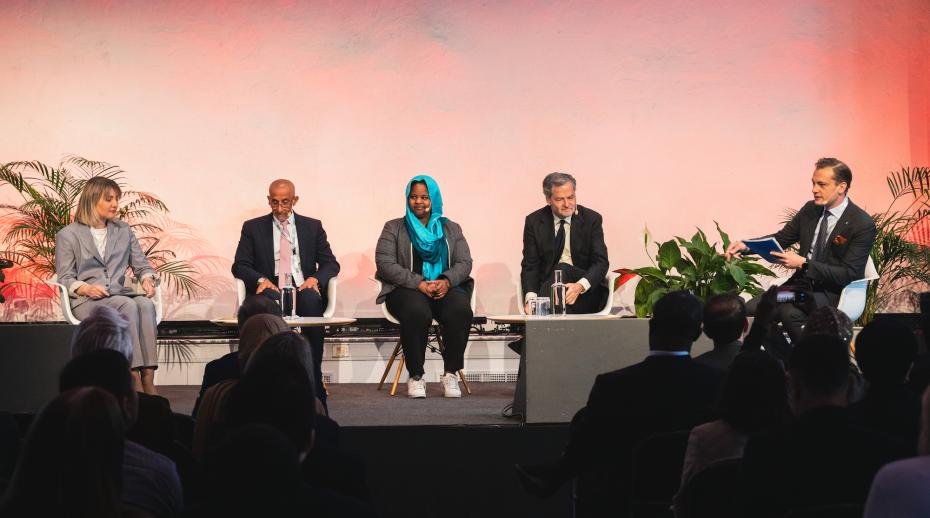Danish Aerospace Company to develop space exercise device
June 5, 2025 | Thursday | News
The Gateway is expected to begin initial operations in lunar orbit by 2028
Danish Aerospace Company A/S (DAC) has signed a new contract with the European Space Agency (ESA) to design and develop a next-generation space exercise device for use on the upcoming Lunar Gateway space station. The contract marks a significant milestone in DAC’s journey beyond low Earth orbit, paving the way for contributions to future human missions to the Moon and Mars.
The six-month contract, valued at approximately EUR 580,000 (DKK 4.3 million), focuses on delivering a fully functional prototype that meets the specific requirements of the Lunar Gateway, a space station jointly developed by NASA, ESA, JAXA, and CSA. The Gateway is expected to begin initial operations in lunar orbit by 2028 and will host astronauts for extended missions of 30 to 90 days.
A notable innovation in DAC’s proposed design is the integration of jumping exercises—a new approach in space fitness aimed at enhancing astronauts' bone density, muscle strength, and cardiovascular health during prolonged missions. This is the first time DAC is incorporating such a movement into its exercise solutions.
“This project represents an exciting leap forward in our mission to support human health in space,” said Thomas A. E. Andersen, CEO of DAC. “We’ve spent over 30 years providing reliable equipment for ESA and NASA, and now we’re taking that expertise to the next frontier—deep space.”
DAC has been a trusted supplier of exercise and medical monitoring equipment for ESA and NASA, supporting programs like the Space Shuttle and International Space Station (ISS). This new prototype is expected to build on that legacy, adapting to the unique conditions of lunar orbit.
Amentum Clean Energy, based in England, will act as a key subcontractor in the project. The company will develop a vibration damping system to ensure that forces generated during astronaut workouts do not affect the station’s structure or interfere with sensitive onboard systems and research.
Despite the new contract, DAC confirmed that it will not alter its previously announced financial expectations for 2025.


















